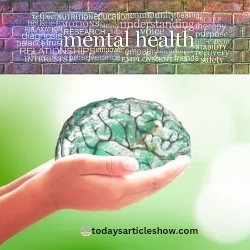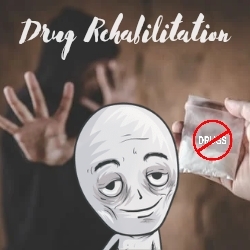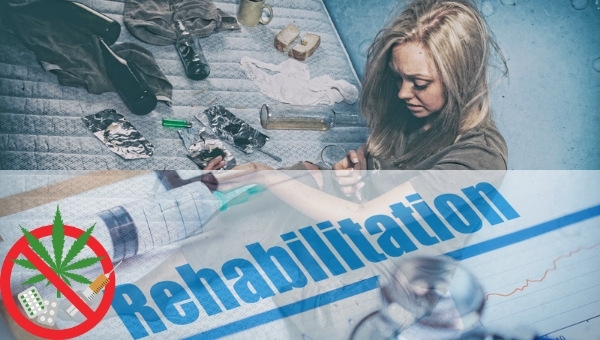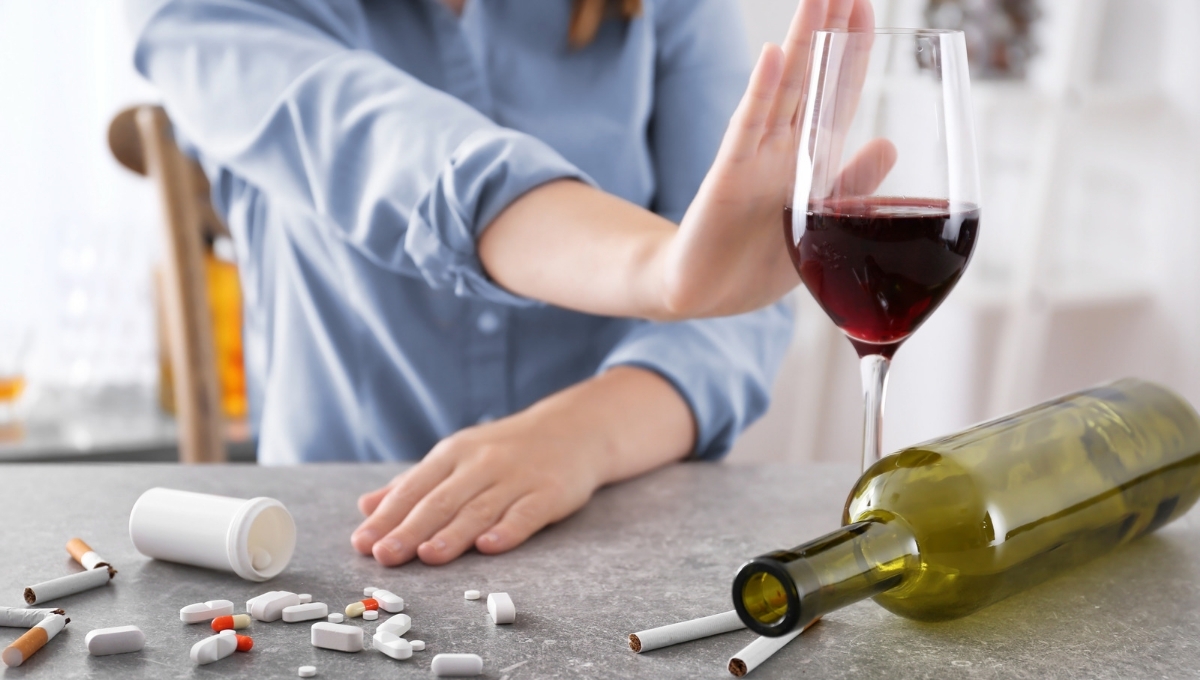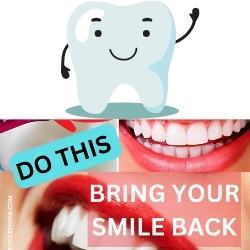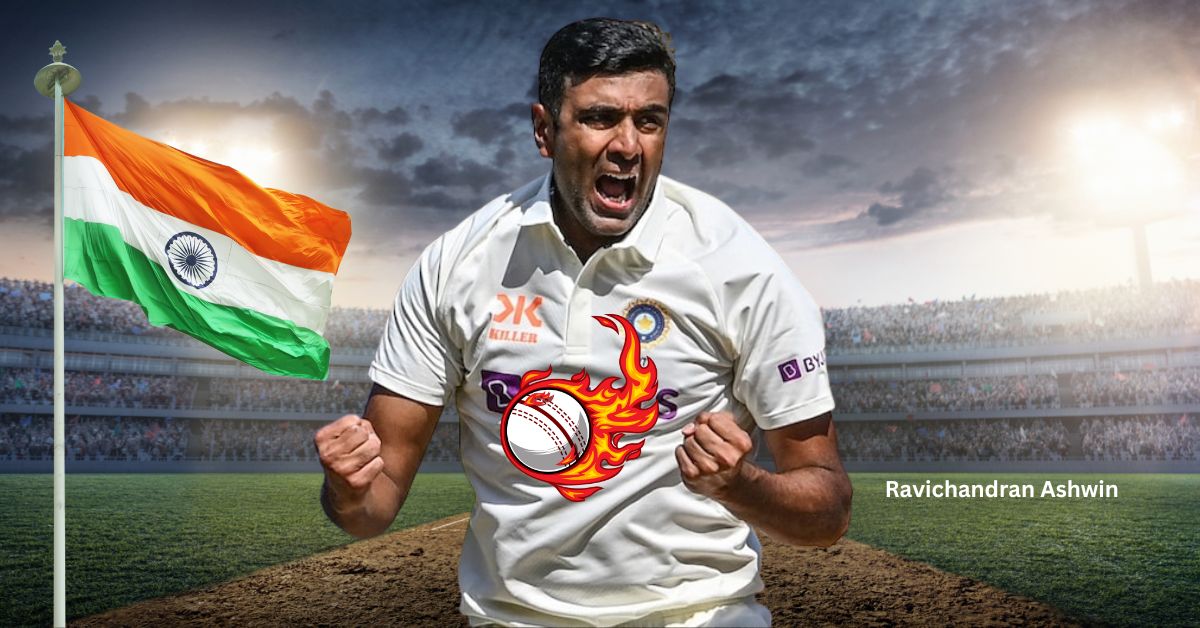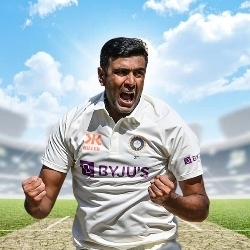How to Improve Mental Health
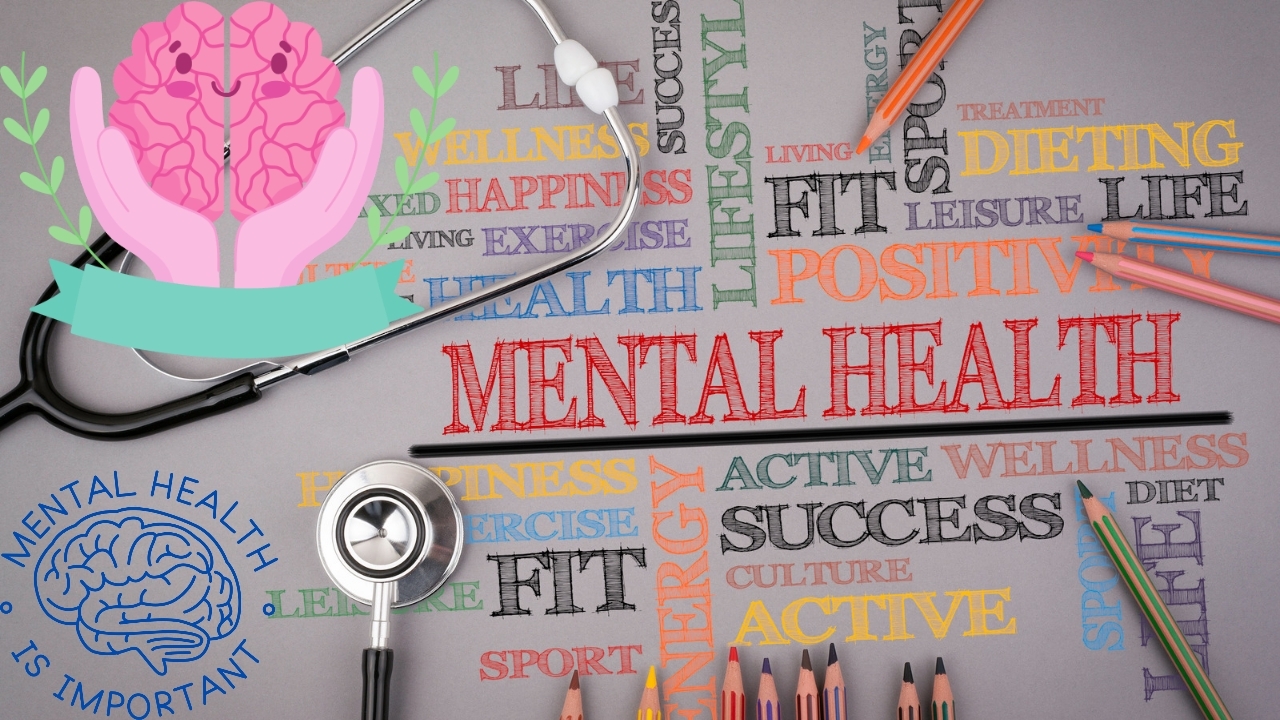
Are you struggling to maintain your Mental Health in these stressful times? Do you feel like your mind is holding you back from reaching your full potential? It’s time for a change!
In Todays Article, we will explore the Top 10 Best practices that can help transform your mind and ultimately transform your life. From meditation to exercise, nutrition to positive thinking, we’ve got everything covered. So buckle up and get ready to embark on a journey toward optimal Mental Health!
Introduction:
There’s no question that our Mental Health has a significant impact on our overall well-being. When we’re feeling good mentally, we’re more likely to be productive, happy, and healthy. Conversely, when our mental health is suffering, so is the rest of our lives.
That’s why it’s so important to proactively work on maintaining optimal mental health. Just like we eat healthy and exercise to keep our physical health in check, we need to regularly tend to our mental well-being too.
Fortunately, there are many simple things we can do every day to support our mental health. In this article, we’ll share some top practices for optimal mental health so you can start transforming your mind – and your life – today.
What is Mental Health?
Mental Health is a term used to describe a person’s emotional and psychological well-being. A person with good mental health is able to cope with everyday stresses, can work productively, and is able to contribute to their community.
What are the key components of Mental Health?
There are several key components of Mental Health, including:
>Emotional well-being: This refers to a person’s ability to manage their emotions and maintain a positive outlook on life.
>Psychological well-being: This refers to a person’s ability to cope with stress, solve problems, and make decisions.
>Social well-being: This refers to a person’s ability to build and maintain positive relationships with others.
Physical well-being: This refers to a person’s overall physical health and their ability to care for their bodies.
The Top 10 Best Practices for Optimal Mental Health:
- Get enough sleep: When you don’t get enough sleep, your mood and mental health can suffer. Make sure to get at least 7-8 hours of sleep each night.
- Eat a healthy diet: Eating nutritious foods helps your body and mind to function at their best. Make sure to eat plenty of fruits, vegetables, and whole grains, and limit sugary and processed foods.
- Exercise regularly: Exercise releases endorphins, which have mood-boosting effects. Just 30 minutes of moderate exercise each day can make a big difference in your mental health.
- Take breaks from screen time: Too much screen time can lead to increased stress and anxiety. Make sure to take breaks from screens throughout the day, and limit screen time before bedtime to help improve your sleep quality.
- Connect with loved ones: Spending time with loved ones can reduce stress and promote positive emotions. Whether you stay in touch via text, social media, or in person, quality time with those you care about is crucial for optimal mental health.
- Find a hobby: Doing something you enjoy can help reduce stress and promote positive emotions like happiness and satisfaction. Find an activity that brings you joy and make time for it every week!
- Practice relaxation techniques: Relaxation techniques like yoga, meditation, or deep breathing can help to reduce stress levels and promote calmness and peace of mind. devote some time each day to relaxation.
- Try to Let Go Of Negative Thoughts: We all have negative thoughts from time to time, but it’s important to try and let go of them. Instead of ruminating on negative thoughts, try mindfulness techniques like focusing on your breath or the present moment.
- Challenge yourself: Taking on new challenges can help you grow and give you a sense of accomplishment when you complete them successfully. Set goals for yourself and strive to reach them!
- Seek help if needed: If you are feeling overwhelmed by stress, depression, anxiety or any other mental health issue, don’t hesitate to seek professional help or talk to a close friend or family member. There is no shame in asking for support when needed!
– Get Good Quality Sleep:


We all know how important sleep is for our physical health, but did you know that it’s just as important for our mental health? Getting a good night’s sleep is essential for our overall well-being, and can have a profound impact on our mood, energy levels, and ability to handle stress.
If you’re struggling to get enough quality sleep, there are a few things you can do to improve the situation. First, make sure your bedroom is dark, quiet, and cool – an environment that promotes relaxation and restful sleep.
Then, establish a regular bedtime routine that includes winding down for 30 minutes before lights out. During this time, avoid watching television or working on your laptop in bed; instead, opt for reading or listening to calm music.
Lastly, limit your caffeine intake and avoid drinking alcohol before bedtime. Both of these substances can interfere with your ability to fall asleep and stay asleep through the night.
By following these simple tips, you can help ensure that you get the restful sleep your mind and body need to function at their best.
– Eat A Healthy Diet:
A healthy diet is essential for optimal mental health. Eating a balanced diet that includes plenty of fruits, vegetables, whole grains, and lean protein can help improve your mood and keep your mind sharp. Avoiding processed foods, sugary snacks, and excessive amounts of caffeine can also help to keep your mood stable and prevent anxiety and depression.
– Exercise Regularly:
If you want to improve your mental health, one of the best things you can do is to exercise regularly. Exercise has been shown to be an effective treatment for depression and anxiety, and it can also help to improve cognitive function.
There are many different ways to exercise, so you can find an activity that is enjoyable and fits into your lifestyle. Even moderate exercise can have benefits for your mental health, so don’t hesitate to get started.
– Connect with Friends and Family:
It is essential to feel connected to others in order to have optimal mental health. Friends and family provide support, love, and a sense of belonging. Spending time with loved ones can help reduce stress, anxiety, and depression.
It is also important to have close relationships outside of your immediate family. These relationships can provide social support and increase your sense of belonging. There are many ways to stay connected with friends and family. Some important ways include:
-Phone calls or video chats.
-Sending texts or emails.
-Social media.
-Attending community events.
.-Regular get-togethers.
It is important to find ways that work for you and make time for the people who are important to you.
– Learn Something New Everyday “If you don’t have time to learn something new, you don’t have time to live” –
One of the best things that you can do for your mental health is to constantly challenge your mind and learn new things. By exposing yourself to new information and experiences, you are keeping your brain active and engaged, which can help to prevent cognitive decline and preserve your mental faculties.
In addition, learning something new can also be a great way to reduce stress and increase feelings of accomplishment and satisfaction.
These are some of the Scariest Mental Health conditions. Fortunately, there is a solution. Check this out…

>> CLICK HERE TO BOOST YOUR MEMORY >>
All forms of brain decline and dementia are now a 21st-century health catastrophe.
Whether it’s diagnosed Alzheimer’s or simply increasing memory loss, moments of confusion or muddling, difficulties following conversations, indecision, worry, problems with physical balance…
For too many people these symptoms are the start of a frightening and distressing slide into darkness.
Yet, thousands of others completely avoid this misery.
Because the primary cause of brain decline has been known for years now. And so, has the cure.
The remedy is simple and doesn’t require doctors, drugs, or treatments.
It makes a difference that you can feel in days, unclogging the brain and fully restoring our thinking ability.
Save yourself while you still can. See how others are curing their dementia before it becomes too late…
So make it a point to learn something new every day, whether it’s a new skill, piece of information, or just a different way of doing something. Not only will it benefit your mental health, but it will also make life more interesting and exciting!
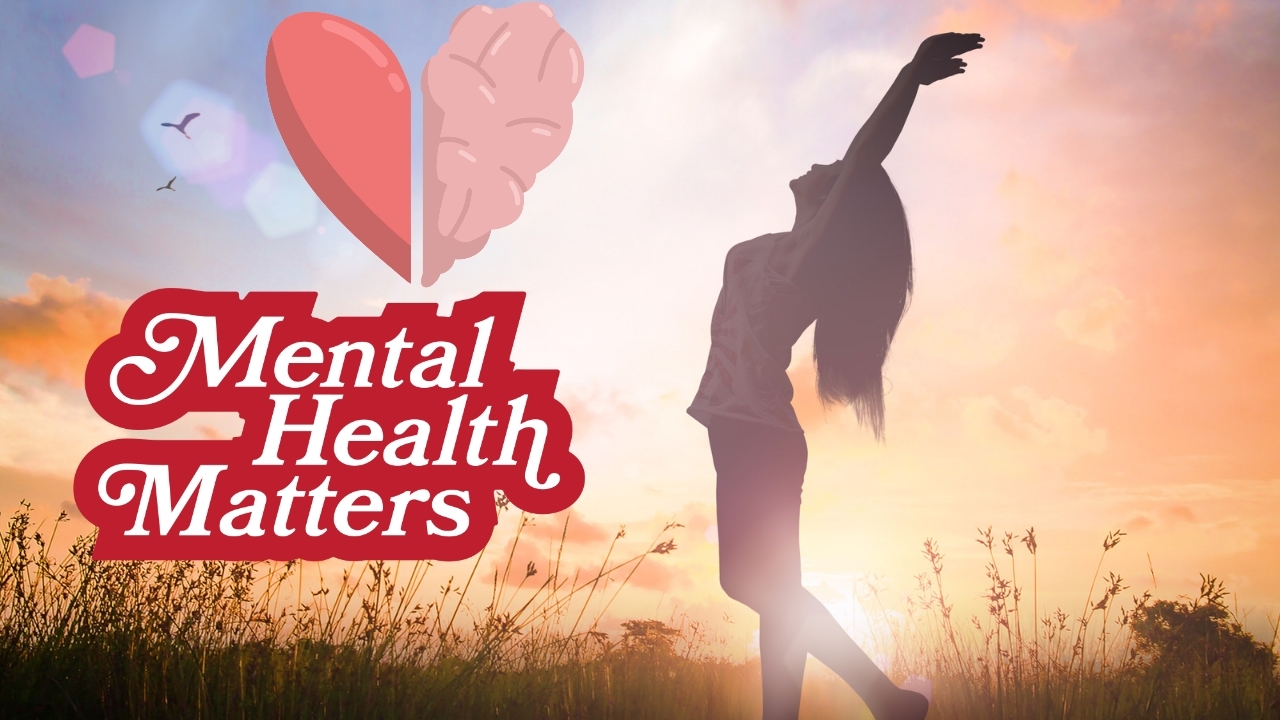
– Manage Stress Effectively:
The first step to managing stress effectively is acknowledging that you are experiencing it.
Pay attention to your body and mind, and notice when you feel tense, anxious, or overwhelmed. Once you are aware of the fact that you are stressed, you can begin to take steps to address it.
There are many different ways to manage stress effectively. Some people find that deep breathing exercises help to calm their mind and body, while others find relief in physical activity helps some people to relieve stress by releasing tension from their muscles and getting their heart rate up.
Taking breaks throughout the day, spending time in nature, or journaling are also helpful for managing stress levels.
It is important to find what works for you and to make a plan for how you will cope with stressful situations before they arise. By doing this, you will be better equipped to handle whatever comes your way without feeling overwhelmed.
– Practice Mindfulness Meditation:
When it comes to optimal mental health, mindfulness meditation is one of the best practices you can do for yourself. By taking a few minutes each day to focus on your breath and being in the present moment, you can learn to control your thoughts and emotions and reduce stress and anxiety.
Mindfulness meditation has been shown to be effective in treating depression, anxiety, and other mental health conditions. It can also help improve sleep quality, concentration, and overall well-being.
Start with a few minutes of mindfulness meditation each day, and gradually increase the time as you feel comfortable.
– Have a Positive Attitude and Perspective on Life:
It’s important to have a positive attitude and perspective on life in order to maintain optimal mental health. A positive outlook can help you cope with difficult situations, make better decisions, and find solutions to problems more easily.
Additionally, having a positive outlook can lead to improved physical health and increase your lifespan. There are various ways to develop and maintain a positive outlook on life. Some techniques include practicing gratitude, focusing on the present moment, and setting personal goals.
– Surround Yourself with People:
The people with whom you surround yourself can have a profound impact on your mental health.
If you want to optimize your mental health, it’s important to surround yourself with people who:
- Support your dreams and goals…
- Believe in you…
- Encourage you to grow and improve…
4. Want the best for you…
5 . Are positive and upbeat…
6. Make you feel good about yourself…
- Are reliable and dependable…
- Celebrate your successes and the successes of others…
- Have your best interests at heart…
- Challenge yourself to be a better person.
Conclusion:
Mental Health is something that needs to be taken seriously and, with the right practices, you can make sure that you are doing everything possible to take care of your mental well-being.
In Todays Article we have discussed 10 of the best practices for achieving optimal mental health: getting enough sleep, engaging in positive self-talk, practicing mindful meditation and relaxation techniques, and keeping a healthy lifestyle by eating nutritious foods and exercising regularly.
Additionally, reaching out to friends or loved ones when needed as well as using professional services when necessary are also great tools on the journey towards bettering one’s mental wellbeing.
Taking these steps will help harness inner strength and courage while building resilience against whatever life throws at us; so why not start today?
